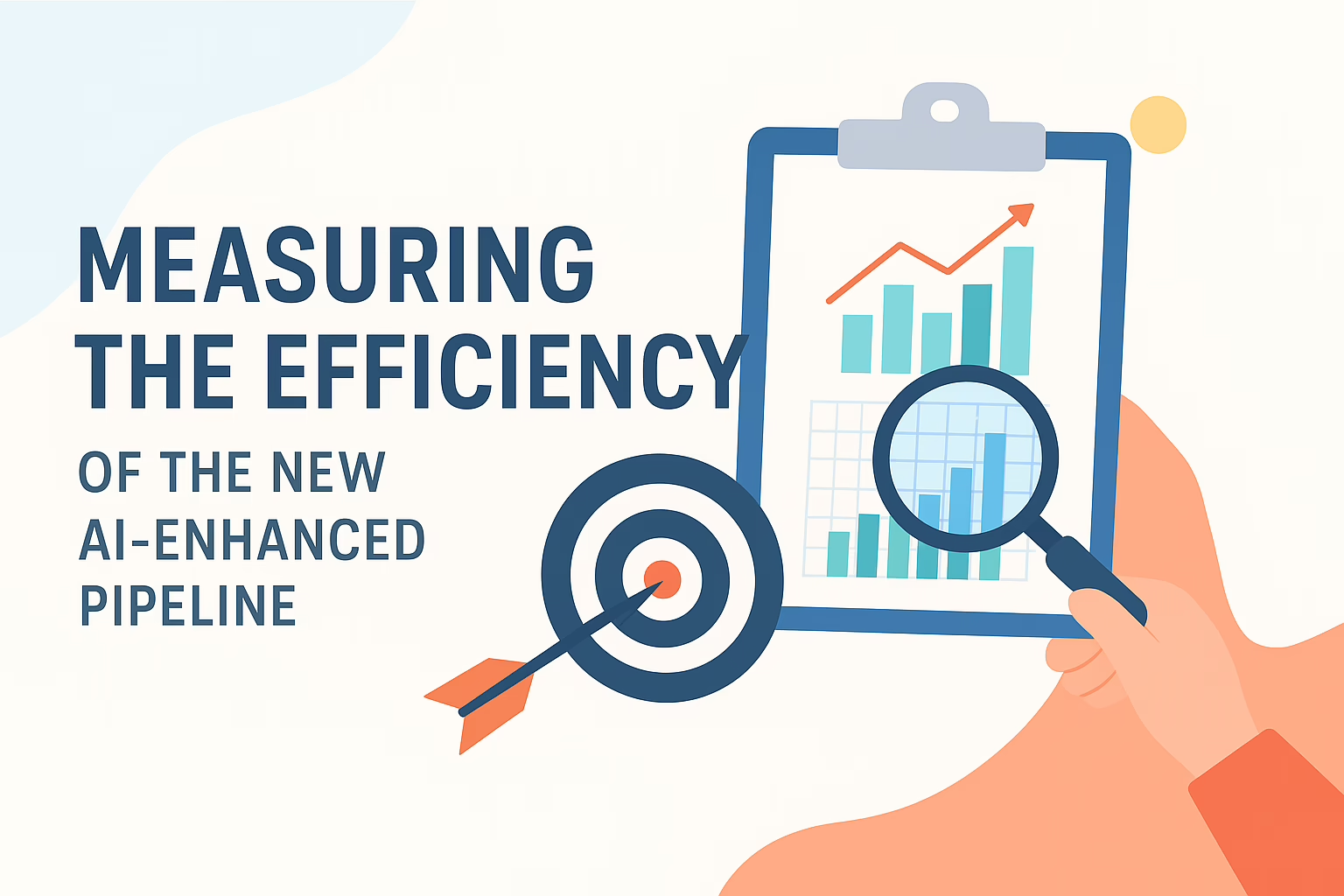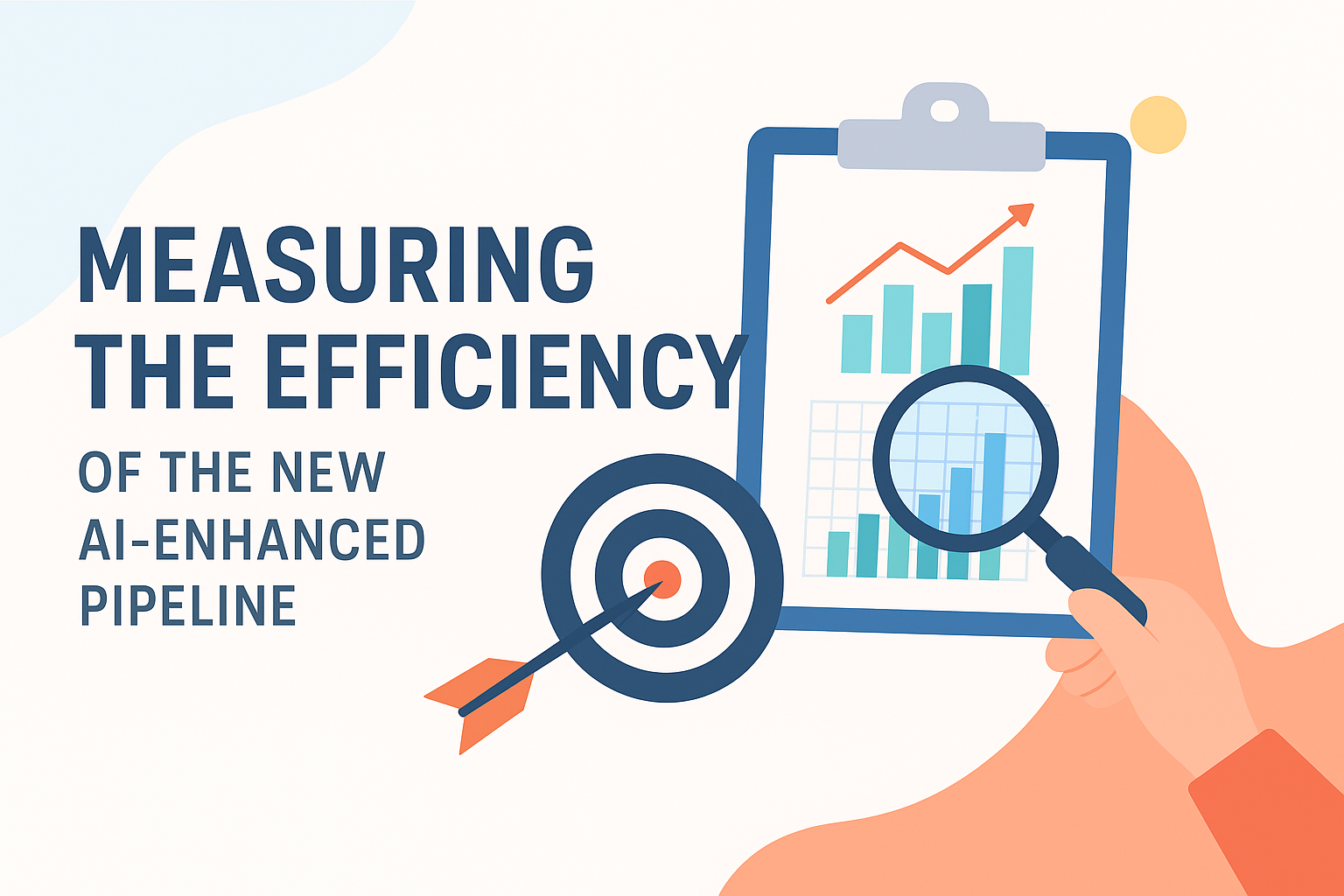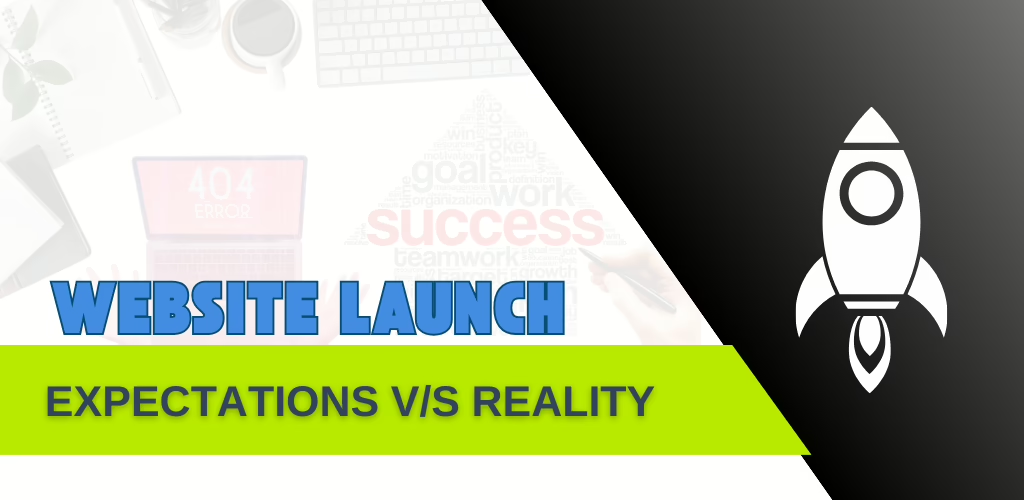Once AI integration is complete — whether using prebuilt tools from an AI company or deploying custom AI algorithms — the next critical step is to measure the real-world efficiency of your artificial intelligence system. This ensures that the technology is delivering tangible benefits of AI to your operations.
Why Measuring AI Efficiency Matters for Artificial Intelligence and Business
Even with advanced services from providers like OpenAI, Google Cloud, Azure, or AWS, the results of artificial intelligence and business processes can vary based on the use case, data quality, and implementation.
Measuring efficiency allows you to:
- Prove the business value of AI adoption
- Justify ongoing use or expansion of AI tools
- Detect performance issues (e.g., API drift, latency spikes)
- Improve user trust and system usability
- Identify areas for retraining or fine-tuning
For AI for management, these insights are vital for making strategic, data-driven decisions.
Key Metrics to Track in AI Integration with Advanced AI Algorithms
| Metric Category | Description | Sample Tool/Method |
| Accuracy | How often AI predictions are correct | Manual audits, label comparison |
| Confidence Score Usefulness | Whether predictions align with real-world results | Histogram of scores vs. accuracy |
| Latency | Time taken for AI responses | API timing logs, APM tools |
| Throughput | Requests handled per second/minute | Load testing, API dashboards |
| Fallback Frequency | How often backup logic is triggered | Logging, custom counters |
| Manual Effort Saved | Time or cost reduction due to AI automation | Baseline vs. current performance |
| API Cost | Cost per 1,000 requests or predictions | API billing logs |
| User Satisfaction | Feedback on AI-assisted results | Surveys, NPS scores |
These metrics help both technical and management teams link AI algorithms to real operational and business impact.
Techniques for Validating Artificial Intelligence System Efficiency
- Shadow Testing (Silent Testing)
Run the AI module alongside the old system without affecting production.
✅ Ideal for gradual adoption, spotting inconsistencies, and benchmarking AI accuracy. - A/B Testing
Divide users into two groups — one using the AI-enhanced process, the other using the legacy process.
✅ Ideal for measuring the benefits of AI in conversion rates, task completion times, and user satisfaction. - Feedback Loops
Capture user corrections, ratings, or comments on AI outputs.
✅ Ideal for improving artificial intelligence and business alignment and retraining models. - Monitoring Dashboards for AI Integration
Track latency, error rates, fallback counts, and confidence score distributions in real time.
✅ Tools: Prometheus + Grafana, Google Cloud Monitoring, Datadog, ELK Stack.
Connecting AI for Management Metrics to Business KPIs
For AI for management, efficiency tracking must connect directly to business outcomes:
| Business KPI | AI Impact |
| Customer Satisfaction | Faster, more relevant responses |
| Operational Costs | Reduced manual review time |
| SLA Compliance | Faster responses, fewer errors |
| Revenue Growth | Better personalization & recommendations |
| Time to Resolution | Quicker problem-solving via smart automation |
When measured well, the benefits of AI can be clearly demonstrated in cost savings, productivity gains, and customer satisfaction improvements.
Common Pitfalls to Avoid in Artificial Intelligence and Business Efficiency Tracking
- Focusing only on technical metrics — Always measure business impact as well.
- Skipping baseline comparisons — Without a pre-AI benchmark, ROI is unclear.
- Avoiding testing phases — Skipping shadow or A/B testing leaves blind spots.
- No retraining or feedback loop — An artificial intelligence system must evolve with business needs.
Measuring the performance of your AI-enhanced pipeline is not optional — it’s essential. By combining technical, operational, and business metrics, you’ll see where AI is excelling, where it’s underperforming, and how to improve. This approach ensures that AI integration is not just a technical upgrade but a sustainable driver of value in your artificial intelligence and business strategy.








